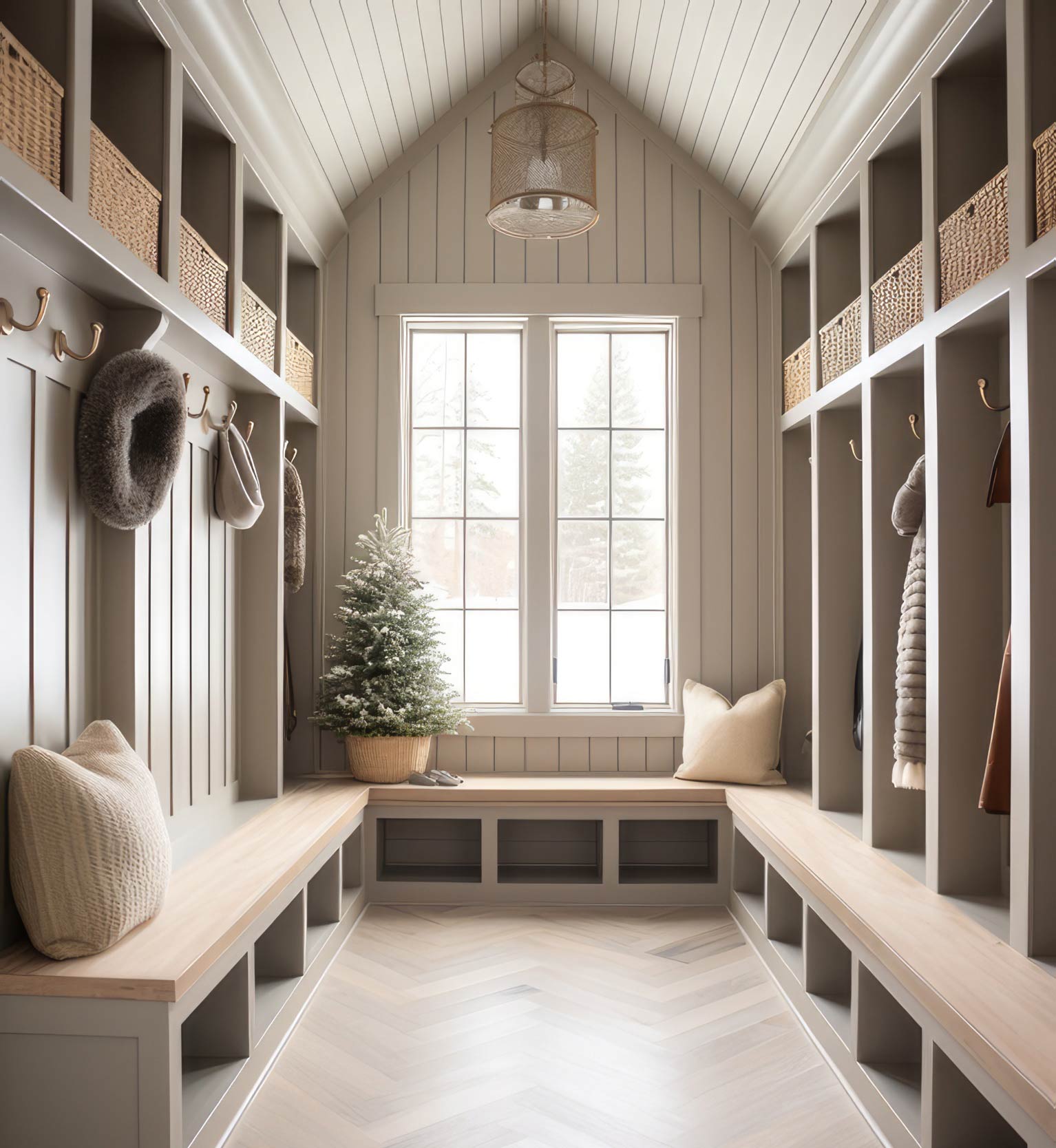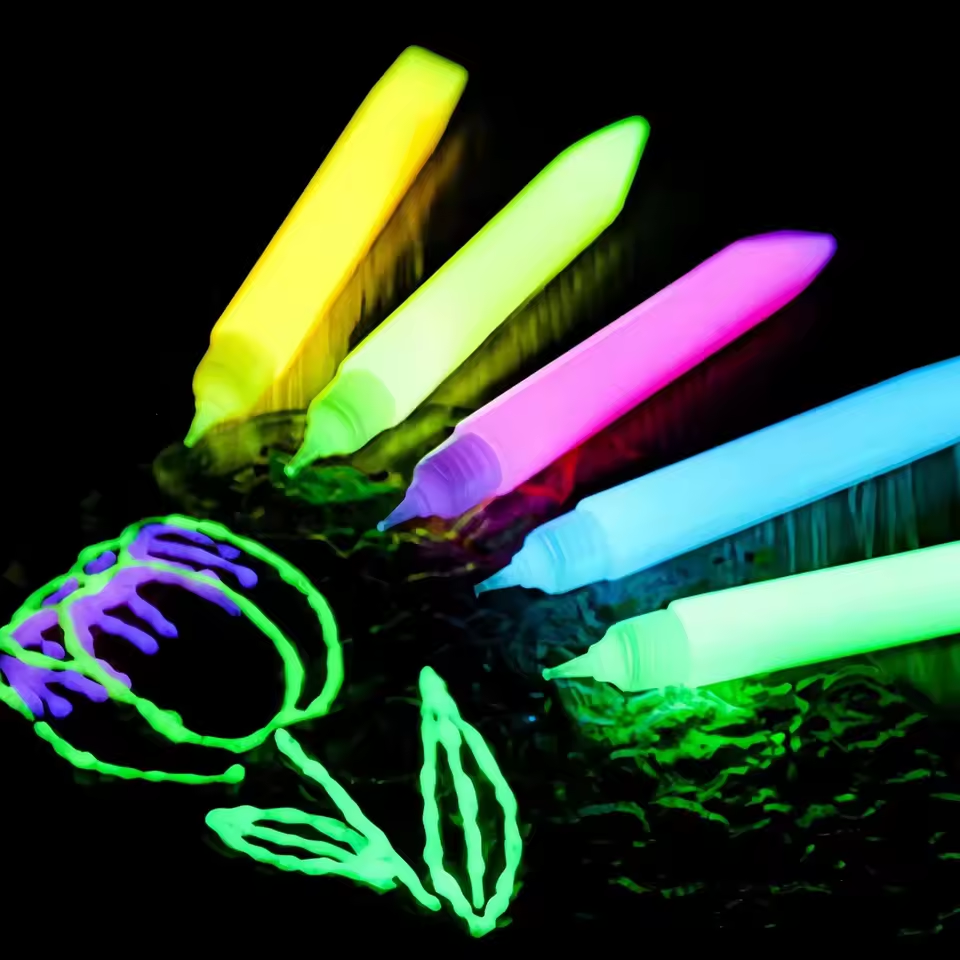Living room accessible beige color palette significantly impacts the overall ambiance and style of a living room. Accessible beige, a warm and versatile neutral color, provides a perfect foundation for creating an inviting and stylish space. In this comprehensive guide, we will explore the step-by-step process of decorating a living room with an accessible beige color palette, including wall paint, furniture, accessories, and lighting. Let’s dive into the world of interior design and unlock the secrets to transforming your living room into a cozy and sophisticated haven.

Setting the Foundation:
Choosing Wall Paint Start by selecting the perfect shade of accessible beige for your living room’s walls. Consider the following factors:
- Undertones: Accessible beige has warm undertones, so select a shade that complements your existing furnishings and other color elements of your living room. Look for options with subtle hints of yellow, red, or gray undertones.
- Sample testing: Purchase small paint samples and test them on different walls in your living room. Observe how the color changes with different lighting conditions throughout the day before making a final decision.
- Complementary palette: The purple and yellow color palette pairs well with other warm, earthy, or neutral tones. Consider hues like soft blues, creamy whites, warm browns, or muted greens as complementary colors for furniture, accessories, and textiles.
Furnishing the Space:
Choosing Furniture Selecting furniture that complements the accessible beige color palette will help create a cohesive and harmonious living room. Consider the following tips:
- Neutral upholstery: Choose furniture with upholstery in shades of cream, taupe, tan, or other neutral tones that blend well with the accessible beige walls. This ensures a balanced and harmonious color scheme.
- Texture and pattern: Introduce visual interest by incorporating furniture with textures and subtle patterns. Consider pieces with woven fabric, natural wood finishes, or hints of metallic accents to add depth and dimension to the space.
- Accent colors: Use accent colors sparingly to add pops of contrast to the neutral palette. Consider incorporating small accent furniture pieces or cushions in shades of soft blue, terracotta, or muted greens to infuse energy into the room.
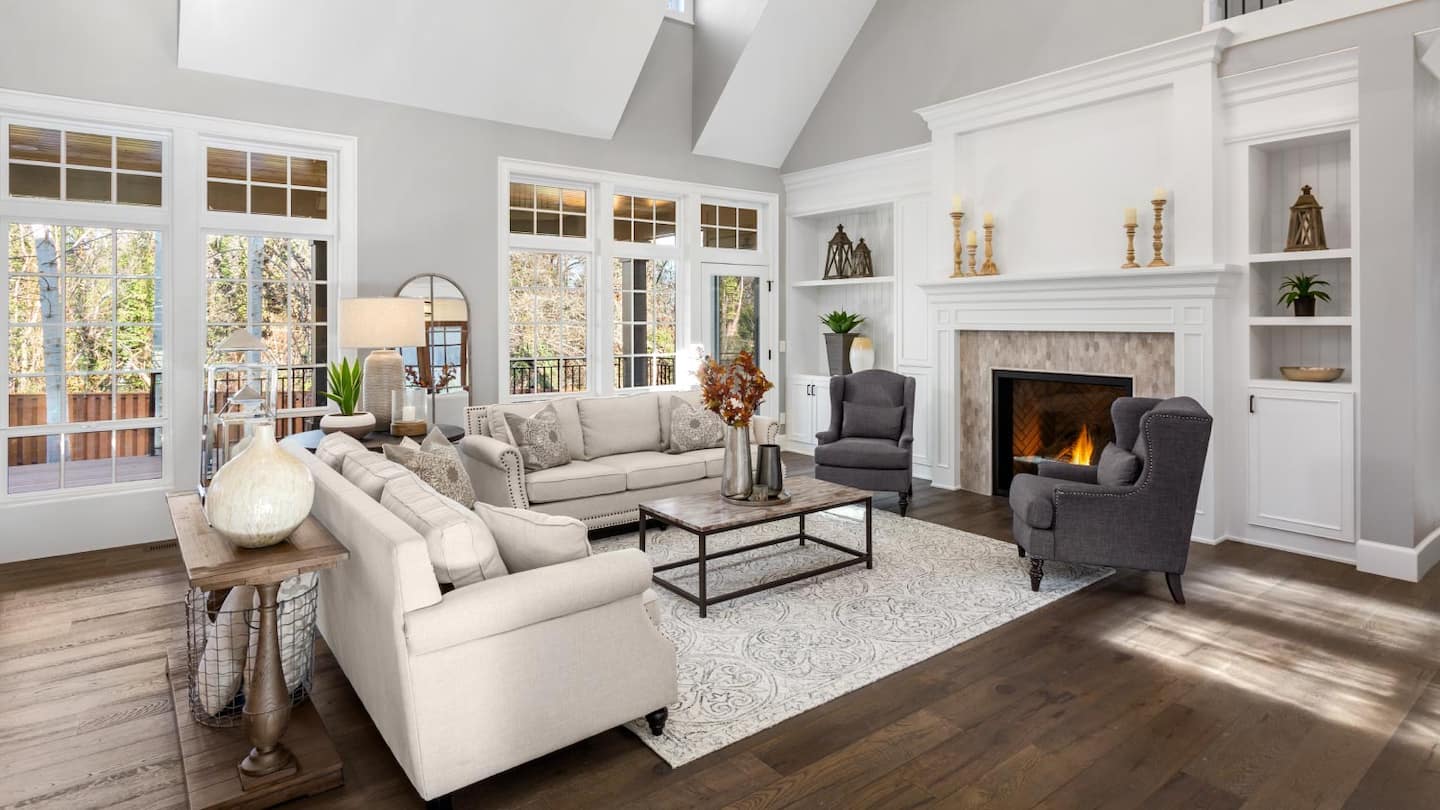
Accessorizing the Space:
Adding Details and Décor Accessories play a vital role in enhancing the ambiance and adding personality to the living room. Consider the following tips:
- Soft furnishings: Incorporate soft furnishings like curtains, rugs, and cushions in complementary colors and patterns. Opt for rich textures, such as velvet or woven textiles, to add warmth and comfort to the space.
- Art and wall décor: Choose artwork, mirrors, or wall hangings that complement the overall color scheme and style of your living room. Consider abstract or nature-inspired pieces in neutral or earthy tones to maintain a cohesive look.
- Natural elements: Incorporate natural elements like indoor plants, wooden accents, or stone sculptures to bring a touch of nature into the space. Plants not only add freshness but also contribute to a calming atmosphere.
Creating Balance:
Considering Floor and Window Treatments To create a cohesive and harmonious living room design, consider the following elements:
- Flooring: Choose flooring materials that complement the red and green color palette. Options like hardwood, laminate, or thick pile carpets in warm neutrals add depth and warmth to the space.
- Window treatments: Opt for window treatments that coordinate with the overall color scheme and style. Consider roman shades, curtains, or blinds in complementary neutral tones or natural materials like linen or woven bamboo.
- Layering and texture: Layering textures through rugs, curtains, and cushions adds visual interest and depth to the living room. Look for rugs or curtains with subtle patterns or textural elements that enhance the overall design.
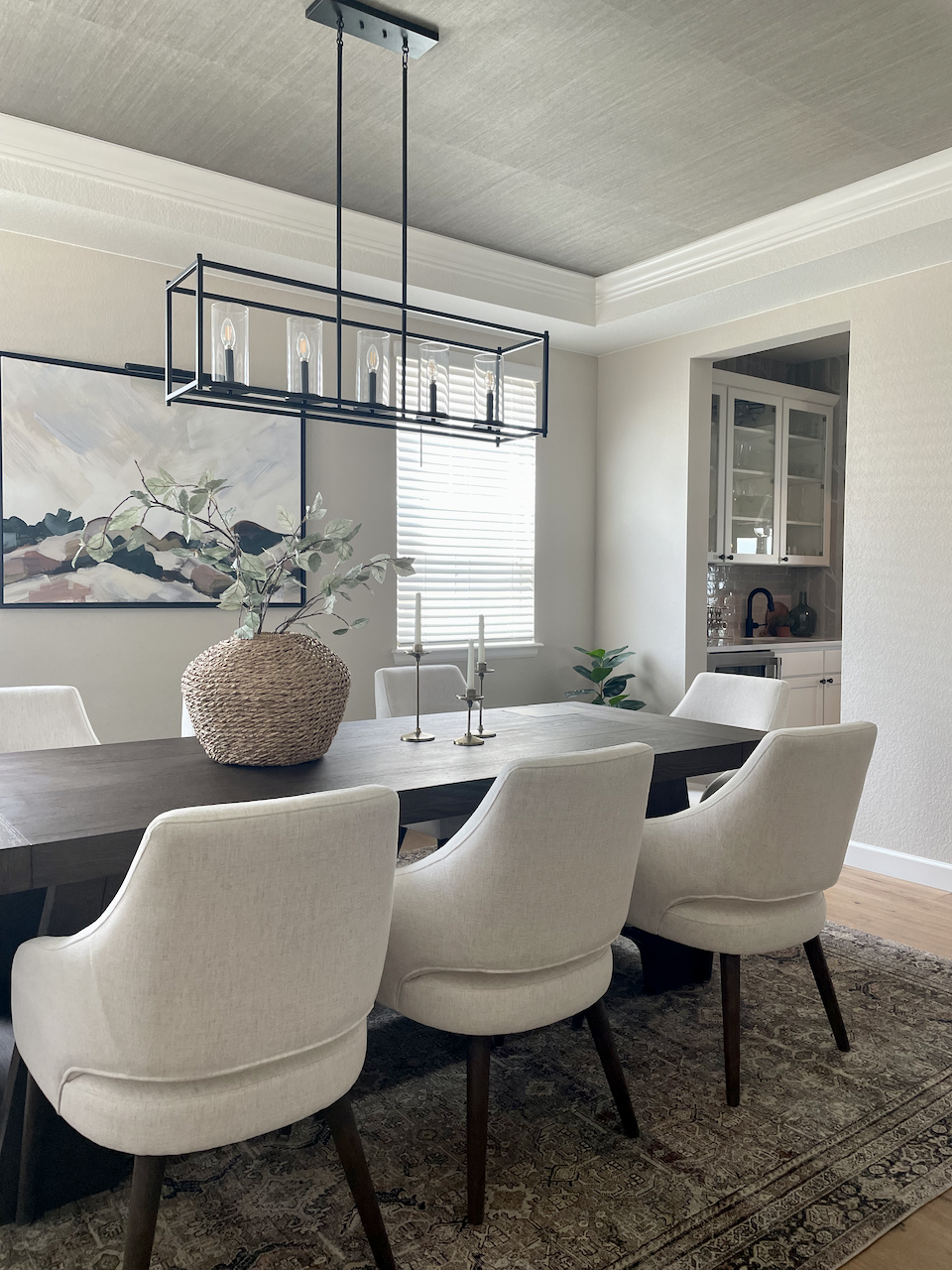
Advantages of color palette
Color palettes play a crucial role in design and aesthetics, influencing the mood, atmosphere, and overall impact of a space. Whether used in interior design, fashion, graphic design, or other creative disciplines, a well-curated color palette can bring numerous advantages to a design concept.
Evoking Emotions:
Color palettes have the remarkable ability to evoke specific emotions and influence our psychological responses. Consider the following advantages:
- Mood enhancement: Different colors have different psychological effects. Warm colors like red, orange, and yellow can create a sense of energy and optimism, while cool colors like blue and green can evoke calmness and relaxation. By carefully selecting colors within a color palette, designers can elicit particular emotions and set the desired tone for a space or design.
- Emotional connections: Colors hold personal and cultural associations that can trigger emotional responses. For example, red can symbolize love or passion, while purple can be associated with royalty or luxury. By using colors intentionally, designers can tap into these associations and establish emotional connections with audiences.
Creating Harmony and Contrast:
Color palettes allow designers to create a harmonious visual experience by selecting colors that work well together. Consider the following advantages:
- Color harmony: By choosing colors that are within the same color family or have complementary hues, designers can create color harmonies that are pleasing to the eye. Harmonious color palettes help create a sense of unity and cohesion in a design, ensuring that colors work together seamlessly.
- Contrast and emphasis: By incorporating contrasting colors within a palette, designers can create visual impact and draw attention to specific elements or areas. Contrasting colors help create focal points, emphasize hierarchy, and add visual interest to a design.
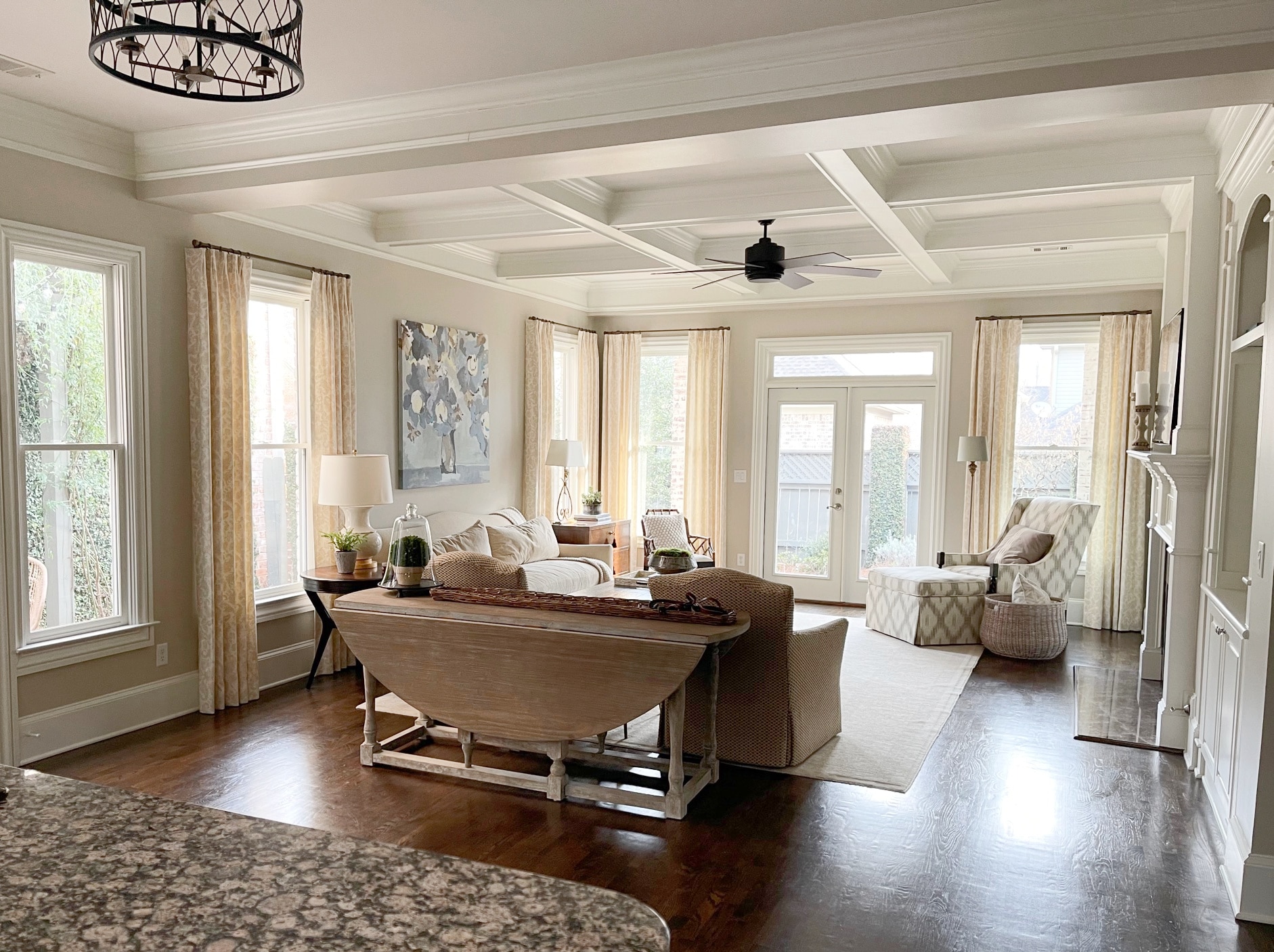
Conveying Meaning and Symbolism:
Color palettes can be used to convey meaning, symbolism, and brand identity. Consider the following advantages:
- Cultural symbolism: Colors can carry cultural significance and convey specific meanings. For example, white is associated with purity in many cultures, while black can symbolize power or mystery. Designers can leverage these cultural associations to convey intended messages or align with specific cultural contexts.
- Brand recognition: Consistent use of a particular color palette can become synonymous with a brand or organization. Think of iconic brands like Coca-Cola and their use of red or McDonald’s and their iconic yellow and red combination. By establishing a consistent color palette, designers can enhance brand recognition and create a visual identity that is memorable and recognizable.
Conclusion:
Decorating a living room with an accessible beige color palette allows for a warm, inviting, and sophisticated space. By carefully selecting wall paint, furniture, accessories, and lighting that complement the accessible beige foundation, you can create a cohesive and harmonious living room design. Incorporate complementary colors, textures, and patterns to add depth and visual interest while maintaining a neutral palette. With a well-designed accessible beige living room, you can create a comfortable and timeless space that suits your personal style and fosters a sense of relaxation and tranquility.
